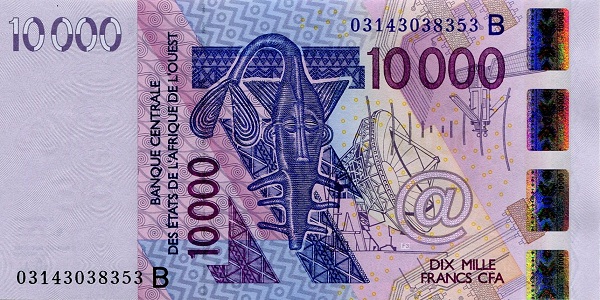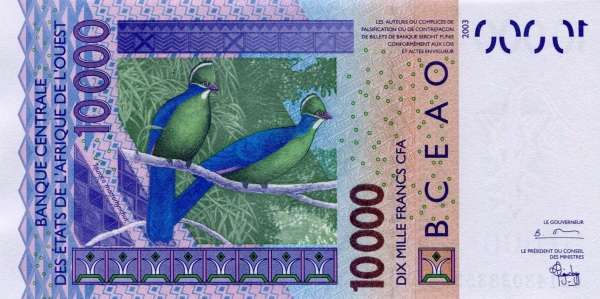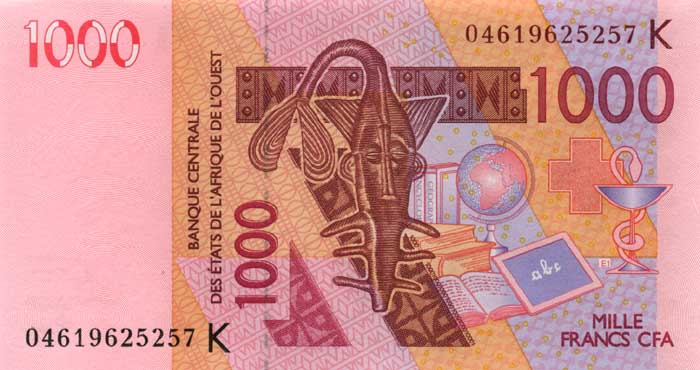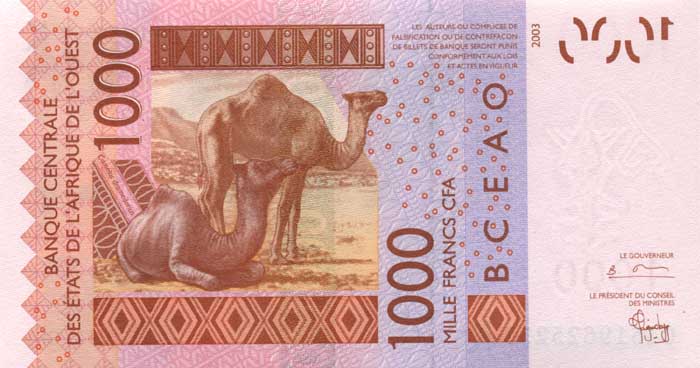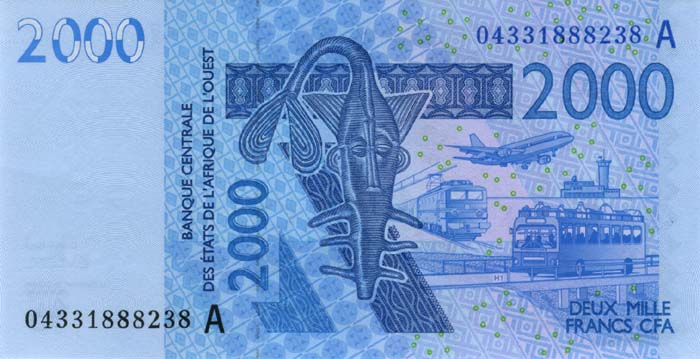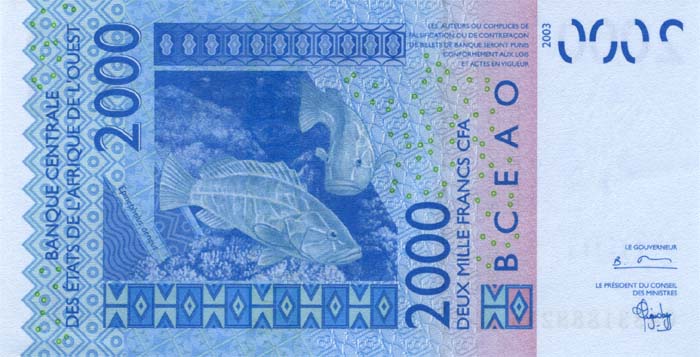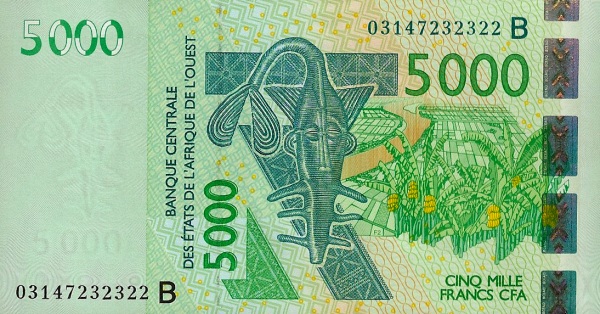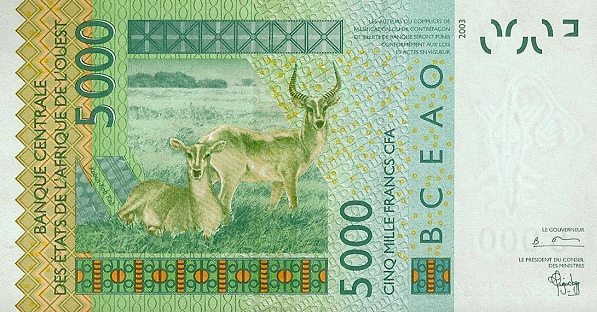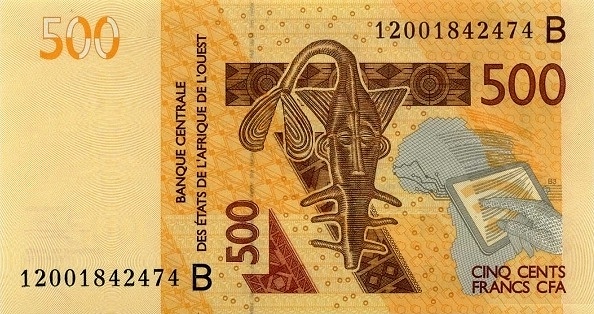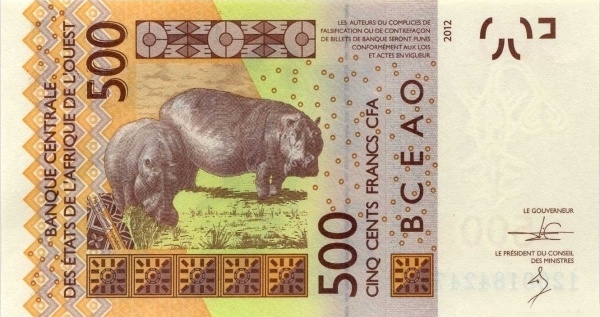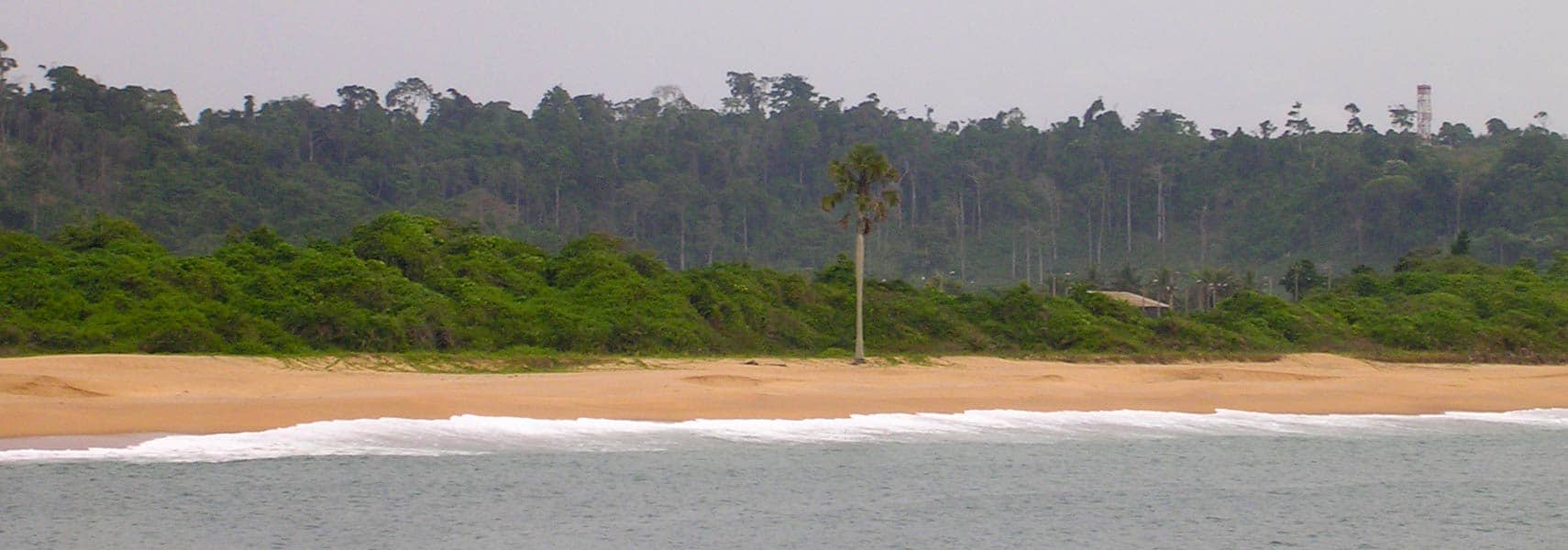Côte d'Ivoire: A Nation of Rich Resources and Cultural Diversity
Located in Western Africa, Côte d'Ivoire, also known as the Republic of Côte d'Ivoire, boasts a rich tapestry of history and culture. This vibrant country shares borders with Ghana and Liberia and is positioned along the North Atlantic Ocean. Since gaining independence from France on August 7, 1960, Côte d'Ivoire has forged strong ties with its former colonizer. Its development, particularly in cocoa production, has propelled the nation into one of the most prosperous states in West Africa. However, this prosperity hasn't shielded it from political upheaval.
The Political Landscape of Côte d'Ivoire
The narrative of Côte d'Ivoire's political evolution took a sharp turn in December 1999. On that historic day, the nation experienced its first military coup, marking the beginning of significant political turmoil. Following the coup, junta leader Robert GUEI manipulated the electoral process in late 2000, declaring himself the winner amidst widespread accusations of electoral fraud. In response to popular protests, GUEI reluctantly stepped down, paving the way for Laurent GBAGBO to ascend to power.
However, the unrest did not end there. In September 2002, Ivorian dissidents, along with disaffected military members, attempted another coup. They claimed control over the northern half of the country, thus dividing Côte d'Ivoire into zones of power. In January 2003, under the aegis of the Linas-Marcoussis Peace Accord, these rebel forces secured positions in a unity government.
Efforts to Achieve Peace
In December 2003, the government, led by President GBAGBO, resumed implementing the peace accord after a stagnation period lasting three months. Unfortunately, challenges that had ignited the civil war, including land reform and citizenship rights, lingered. In March 2007, President GBAGBO and Guillaume SORO, the former leader of the New Forces rebels, inked the Ouagadougou Political Agreement. This pivotal agreement facilitated SORO's integration into GBAGBO’s government as Prime Minister.
As a result of this accord, both leaders committed to dismantling the dividing line between the North and South, integrating rebel forces into the national military, and organizing elections. To support these endeavors, several thousand French and UN troops continue to remain in Côte d'Ivoire, assisting the parties in fulfilling their commitments and bolstering the peace process.
Geography and Climate of Côte d'Ivoire
Côte d'Ivoire's geographical features play a significant role in shaping its economy and lifestyle. The nation's area spans 322,500 square kilometers, characterized by forested regions and rolling hills, particularly in the west. The country enjoys a tropical climate, with the northernmost parts experiencing a semiarid climate. These geographical aspects enrich the biodiversity and agricultural prospects of the region.
Demographics and Culture
The population of Côte d'Ivoire stands at approximately 31.9 million, reflecting a stunning array of ethnic diversity. More than 60 ethnic groups reside in the nation, with the Akan making up 40%, followed by the Voltaiques at 18%, Northern Mandes at 17%, Krous at 11%, and Southern Mandes at 10%. This multicultural environment nurtures a unique blend of traditions and customs.
Côte d'Ivoire recognizes French as its official language, alongside several principal languages such as Diula, Baule, Dan, Anyin, and Senari. The literacy rate is notably high, reflecting a robust educational framework that stands at 90%.
Economic Landscape and Natural Resources
The economy of Côte d'Ivoire thrives on its rich natural resources. The nation is endowed with petroleum, diamonds, natural gas, manganese, iron ore, and cocoa beans. Remarkably, Côte d'Ivoire holds the title of the world's largest exporter of cocoa beans, indicating the vital role agriculture plays in its economy. Other significant agricultural exports include coffee, palm oil, and bananas, which contribute to the nation’s financial health.
In terms of industrial activities, Côte d'Ivoire engages in various sectors such as food production, beverage manufacturing, textiles, and wood products. The diversity in industries reflects the rich resources available to the country, setting it on a path of economic growth.
International Trade and Relations
Côte d'Ivoire's trade relationships span various countries, illustrating its integration into the global economy. Notably, in 2022, Switzerland, Mali, and the Netherlands accounted for significant percentages of Ivorian exports, each constituting around 8-9%. Meanwhile, the nation imports a mix of capital equipment, foodstuffs, and fuel. The top import partners include China and Nigeria.
Transparency and Governance
Despite its potential, Côte d'Ivoire grapples with transparency challenges, holding a rank of 104 out of 180 countries on the Transparency International index, with a score of 36. This indicates an ongoing struggle with corruption that continues to affect governance and public trust.
In conclusion, Côte d'Ivoire presents a compelling narrative of resilience and potential. From its politically tumultuous past to its rich resources and cultural diversity, the country embodies a blend of challenges and opportunities that continue to shape its future.
Largest cities of: Côte d'Ivoire
| City Name | Population | Year of foundation | |
| Abidjan | 5,080,000 | 1898 | |
| Bouaké | 380,000 | 1970 | |
| San Pedro | 200,000 | 1945 | |
| Daloa | 200,000 | 1960 | |
| Korhogo | 200,000 | 1947 | |
| Yamoussoukro | 160,000 | 1960 | |
| Man | 150,000 | circa 1680 | |
| Adzopé | 70,000 | 1948 |
Côte d'Ivoire: Money
